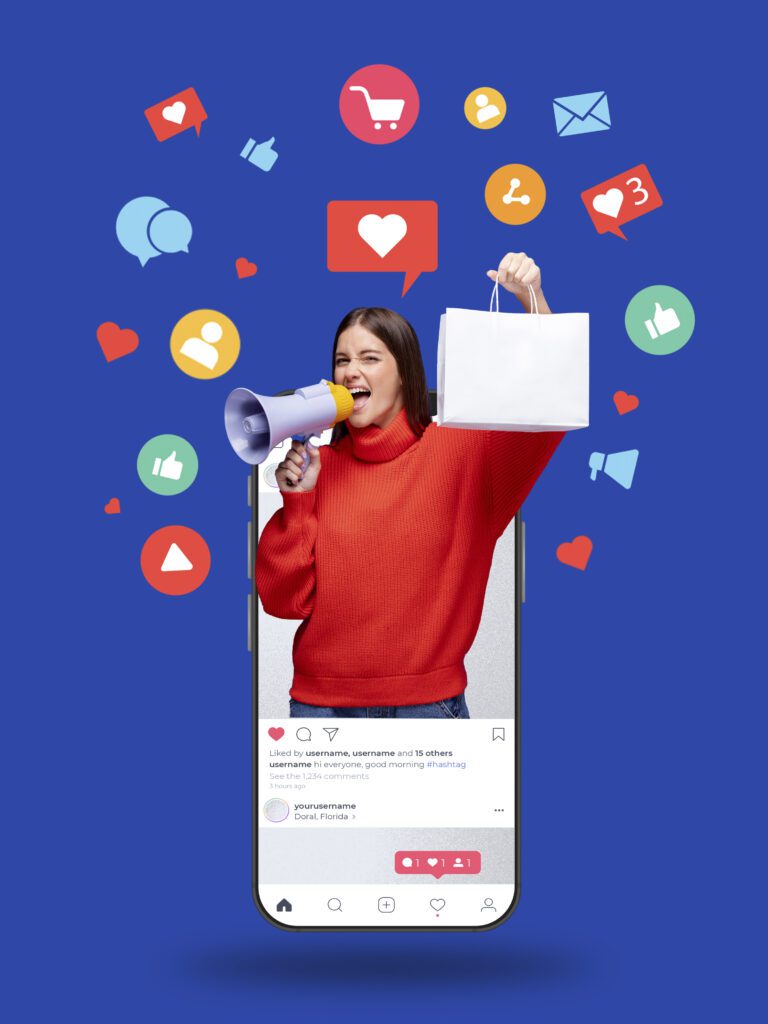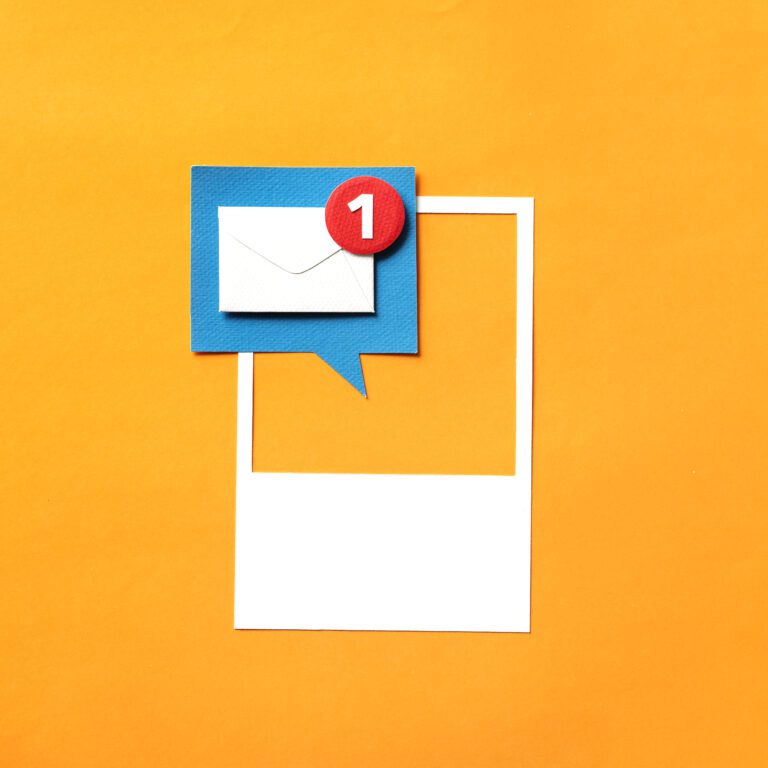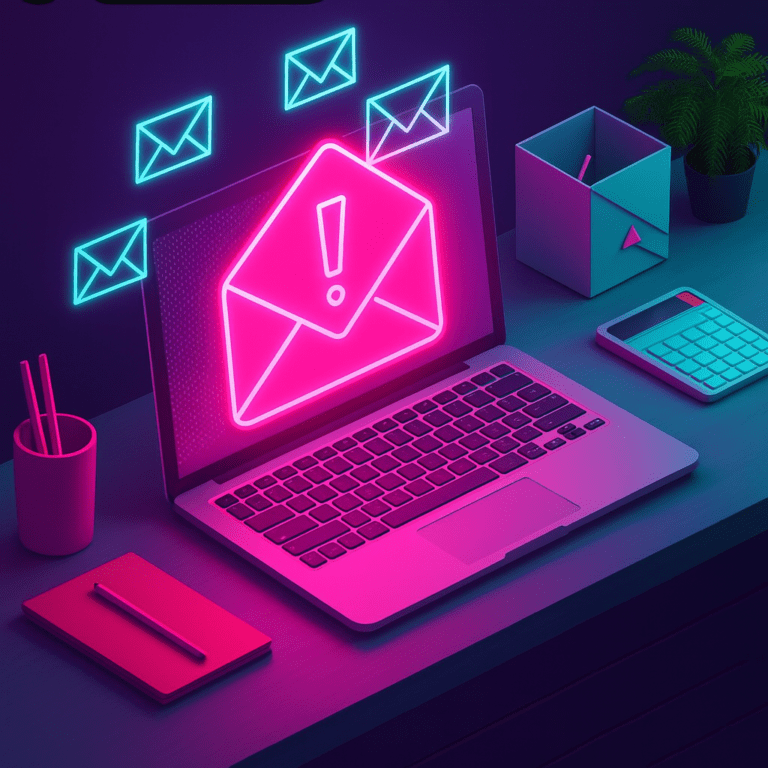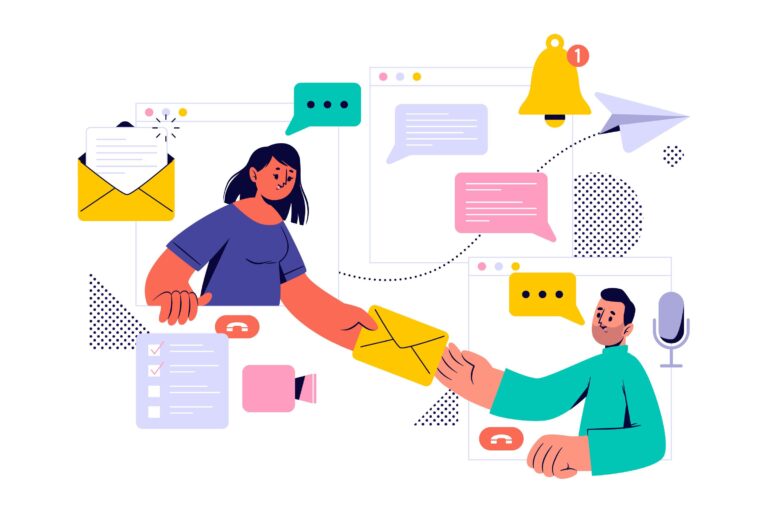Most Effective Email Marketing Campaign Strategy for Cart Recovery in Fashion Ecommerce

I hope you enjoy this blog post. If you want Hello Bar to grow your leads, click here.
Author:
Mansi
Published
August 27, 2025

Table of Contents
Why cart recovery matters in fashion ecommerce
Fashion shoppers are impulsive. They see a jacket, a dress, or a pair of shoes, add it to their cart, then walk away. Sometimes it’s because they got distracted. Sometimes they’re not sure about size or fit. Sometimes the shipping cost scared them off. The point is: abandoned carts are money sitting on the table.
For fashion ecommerce, cart recovery isn’t just about chasing sales. It’s about reminding customers that their style choice is still waiting, and making it easy for them to come back. That’s where a clear email marketing campaign strategy plays its biggest role. Done right, it works quietly in the background and keeps revenue flowing without you manually chasing each customer.
Let’s break down what actually works.
Step 1: Build a solid foundation with your email marketing campaign strategy
Before talking about tactics, let’s get one thing straight. You can’t run an effective cart recovery strategy if you’re sending emails by hand. Fashion ecommerce deals with hundreds, often thousands, of carts a week.
An email marketing campaign strategy is what makes this possible. You set the rules once, and the system takes care of the rest. A shopper leaves an item in the cart → your setup sends a reminder after 2 hours → another follow-up after 24 hours if they don’t purchase. No one on your team has to touch it.
This frees you to focus on the content and timing, not the manual sending.
Step 2: Timing is not optional
If you wait three days to send a recovery email, you’ve already lost most customers. Fashion is emotional. The decision to buy a pair of jeans is usually made in the moment, not days later.
The most effective flow looks something like this:
- First email: within 1–2 hours. A simple nudge, no discounts yet.
- Second email: around 24 hours later. Bring in social proof or highlight free returns.
- Third email: 48–72 hours later. This is where you can consider a discount if margins allow.
A smart email marketing campaign strategy makes this easy. You create the sequence once, and the timing runs on autopilot for every abandoned cart.
Step 3: Keep the first email simple
Don’t overthink the first reminder. Customers already know what they left behind. The best first cart recovery email shows the exact item, with a clean button that says something like “Complete Your Order.”
Here’s the key: keep it personal without pretending. Use the product photo, size, and color they picked. That one detail makes a big difference.
With a planned email marketing campaign strategy, this level of personalization is possible at scale. Every shopper gets their own reminder, automatically.
Step 4: Address the real reasons people abandon carts
Cart recovery emails fail when they only say “Come back.” That’s not enough. People left for a reason. Common ones in fashion ecommerce:
- Unclear sizing or fit worries
- Shipping costs
- Return policies
- Payment hassle
Each follow-up email should quietly address one of these. For example:
- A second email could remind them you offer free exchanges.
- The third email could show customer reviews about fit and comfort.
- A later email could highlight flexible payment options.
An email marketing campaign strategy lets you plan this sequence without writing each message by hand every week. Once it’s built, it runs in the background.
Step 5: Use discounts carefully
Discounts work, but they’re not always the best first move. If you throw 10% off in the first email, you’re teaching customers to abandon carts on purpose.
Instead:
- First email: no discount.
- Second email: still no discount, but add reassurance.
- Third email: this is where you can offer free shipping or a small percentage off.
Because you control the flow with your campaign strategy, you can even set conditions: only send a discount if the order value is over $75, or only to first-time customers. This keeps your margins healthy.
Step 6: Segment your cart recovery emails
Not all customers are the same. Someone buying a $20 t-shirt doesn’t behave like someone buying a $300 leather jacket.
Segmentation is where a solid email marketing campaign strategy shines. You can:
- Send higher-value items a stronger incentive.
- Send repeat customers reassurance about your return policy instead of discounts.
- Send first-time visitors a small welcome bonus.
Without a strategy in place, you’d be blasting the same email to everyone. With it, you tailor the message to each group automatically.
Step 7: Bring in social proof

Fashion is social. People want to know what others think. Cart recovery emails that show reviews, star ratings, or even photos from other customers perform better than plain text.
Example:
“Over 1,200 people bought this jacket last month. Here’s what they said…”
That simple line builds trust. And with a good email marketing campaign strategy, you can pull in reviews dynamically for the exact product left behind.
Step 8: Make checkout frictionless
Sometimes people leave their cart because checkout was annoying. Too many fields. No guest checkout. Limited payment options.
Your emails should not only remind them but also smooth the way back. One-click checkout links are powerful. Instead of sending people back to a generic cart page, send them directly to their saved cart with everything filled in.
An email marketing campaign strategy can generate these unique links automatically. Every shopper gets their own personalized path back to checkout.
Step 9: Test subject lines the right way
Cart recovery emails live or die by whether someone opens them. Subject lines like “You forgot something” still work, but they’re not enough on their own.
Test different angles:
- Curiosity: “Still thinking it over?”
- Urgency: “Your cart will expire soon” (if you really clear abandoned carts after a while).
- Friendly tone: “Your shoes are waiting for you.”
An email marketing campaign strategy makes testing simple. Half your audience gets subject line A, half gets B, and the system shifts traffic toward the winner. That’s free optimization you can’t get by guessing.
Also read our guide on Best Abandoned Cart Email Subject Lines: What Actually Works and Why
Step 10: Don’t overdo it
Three cart recovery emails is usually enough. More than that, and you risk annoying people.
With the right campaign strategy, you can set limits. For example, if someone abandons three different carts in a week, you can cap the number of reminders they get. That protects your brand from feeling spammy.
Step 11: Use one popup as part of the flow
You don’t want to rely only on popups, but they can play a small role. A simple exit-intent popup offering to save the cart to email can capture shoppers before they leave.
Then your email marketing campaign strategy kicks in. The popup collects the address, the sequence delivers the reminders, and the two tools work together. But this should stay one part of the bigger picture, not the entire strategy.
Step 12: Always measure and adjust
You can’t set up cart recovery emails once and forget them. Look at metrics:
- Open rates
- Click-through rates
- Conversion rates
- Revenue recovered
If open rates are low, tweak subject lines. If clicks are low, improve product images or buttons. If conversions are weak, test your discount timing.
An email marketing campaign strategy makes reporting easier. Most platforms show revenue per email sequence, so you know exactly how much money you’re recovering.
Step 13: Real example from fashion ecommerce
A mid-size fashion brand selling streetwear ran this kind of flow:
- First email at 1 hour (no discount, just product photo and button).
- Second email at 24 hours (customer reviews + free returns reminder).
- Third email at 48 hours (10% off if cart total was over $100).
Result: 18% of abandoned carts turned into purchases. Their campaign strategy handled everything. The team only had to write the emails once.
That’s the power of a strong email marketing campaign strategy: it keeps working even when you’re not looking.
Step 14: Don’t forget the basics
It’s easy to get caught up in advanced tricks. But the basics still matter:
- Make sure emails are mobile-friendly (most fashion shoppers browse on phones).
- Keep buttons big and clear.
- Show the actual product, not just a logo.
- Write copy that sounds human, not scripted.
A strategy handles the delivery, but your content still has to feel real.
Cart Recovery Email Examples for Fashion Ecommerce
| Subject Line Example | Content Idea | Goal | |
| 1st Reminder (1–2 hours after abandon) | “Your cart is ready when you are” | Show the exact product image, size, and color. Add one clear button: Complete Order. Keep it short. | Get them back while the item is still fresh in their mind. |
| 2nd Reminder (24 hours later) | “Still thinking about these shoes?” | Include reviews, star ratings, or a note about free returns. Reassure them about size/fit. | Remove doubts that stopped them from buying. |
| 3rd Reminder (48–72 hours later) | “A little something to help you decide” | Add a small discount (5–10%) or free shipping. Keep product photo visible. | Push hesitant buyers to complete the purchase. |
| High-Value Cart | “Don’t miss out on your picks” | Highlight limited stock, show multiple items they left, and stress urgency. | Recover larger orders where revenue impact is higher. |
| Repeat Customer | “We saved your cart, just for you” | Thank them for being a past customer, remind them of loyalty points or store credit. | Build loyalty while recovering the sale. |
| First-Time Visitor | “Welcome back – finish your first order” | Offer a new-customer incentive (e.g., 10% off). Add clear shipping and return info. | Convert a first purchase and start a relationship. |
Conclusion
Cart recovery in fashion ecommerce isn’t about fancy tricks. It’s about reaching shoppers at the right time, with the right message, and making it easy for them to finish buying. A good email marketing campaign strategy is what makes that possible. Set it up with care, and it quietly turns abandoned carts into steady sales.





